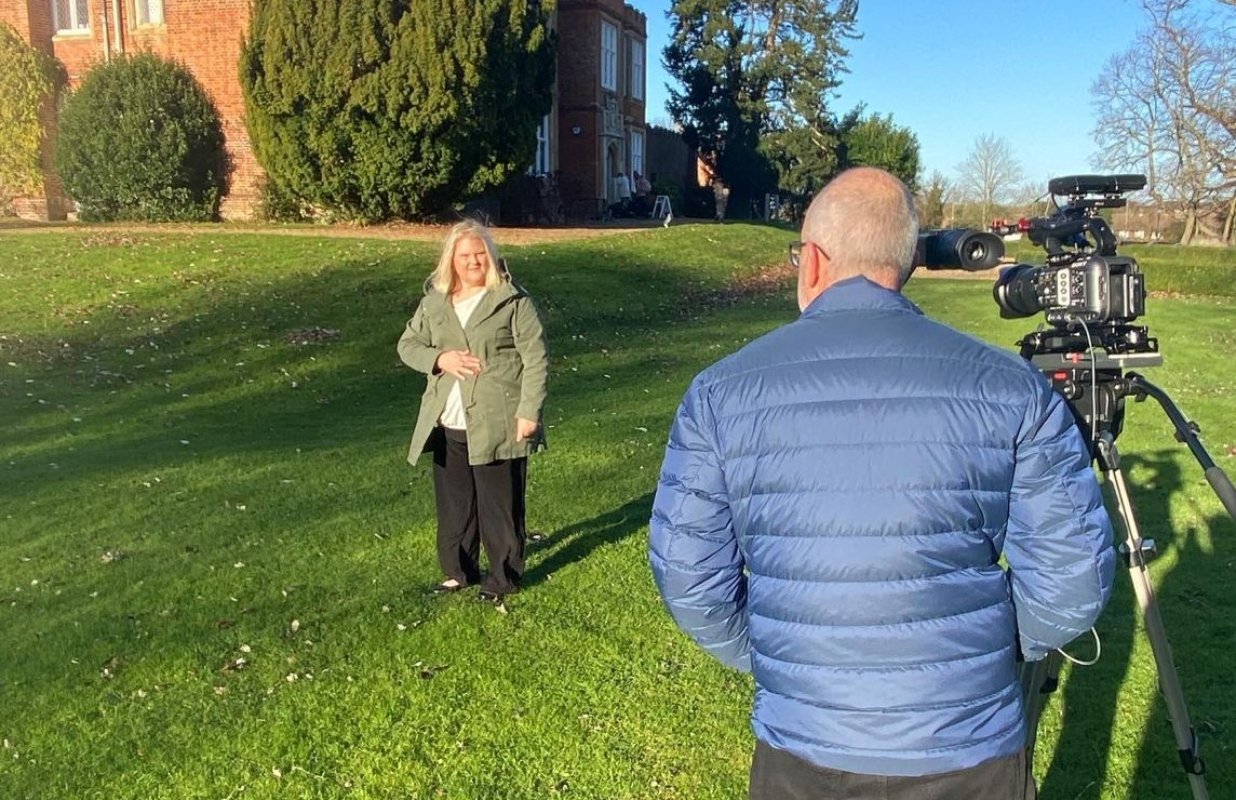-

Bourn Hall Fertility Clinic
My Special Connection to Bourn Hall
Bourn Hall has always been a part of my life. It’s not just the world’s first IVF clinic - it’s a place that holds incredible meaning for my family and me. Without the work of the pioneers who founded it, I wouldn’t be here today.
After my birth in 1978, Bourn Hall became the centre of innovation for IVF, with doctors and scientists from all over the world gathering there to learn and share their expertise. It was also where my parents, Lesley and John, returned for further treatment, leading to the birth of my sister, Natalie. Their gratitude for the care they received at Bourn Hall stayed with them throughout their lives, and that sense of appreciation has never left me either.
Today, I’m honoured to serve as an ambassador for Bourn Hall, helping to keep the legacy of IVF pioneers Bob Edwards, Patrick Steptoe, and Jean Purdy alive. Though they are no longer with us, their vision and dedication continue to shape the clinic, where advances in fertility treatment are still being made.
Under the leadership of Dr. Thanos Papathanasiou, Bourn Hall remains committed to providing compassionate, patient-cantered fertility care. Whether helping couples explore their options, delivering tailored treatment plans, or working alongside the NHS to improve fertility services, the clinic continues to change lives - just as it did for my family.
For as long as I can remember, Bourn Hall has felt like home. It is a place of hope, science, and care, and I am so proud to be a part of its story.
-

More Joy Campaign
Fertility rates are falling around the world. When I was at school, like most other people, the lessons that touched on fertility were focused mainly on how to avoid getting pregnant.
“Family planning” was always about contraception and how to avoid unwanted pregnancies rather than encouraging people on how to have healthy families. That focus, and the policies of Governments, has contributed to falling population rates around the world.
The birth rate is falling in most developed countries. When the rate is below 2.1 babies per woman being born it means a falling population. It also means fewer young people to look after the older ones.
Attending conferences in many different countries, I have heard about this “demographic problem” and ways that IVF and other fertility techniques can help address this challenge.
The International Federation of Fertility Societies is doing something about it with the “More Joy Campaign”. I am backing the campaign as an ambassador to support this fantastic global initiative.
The goal is to develop and support policies that reduce infertility risk factors and make fertility care more accessible, affordable and fairer.
The IFFS More Joy campaign is educating parents about infertility prevention to change the way children are taught about fertility. It is also looking to give greater access to fertility care in all corners of the world.
There are now around 100 ambassadors recruited around the world to spread the word and raise the issue with those in the medical profession, policy makers and employers.
The More Joy campaign is getting people talking about how society, policy makers and employers can support everyone who wants a child. This includes access to quality reproductive services and polices that support families.
I encourage everyone to learn about the campaign and get involved.
-

IVF Babble
Since it was launched in 2016 IVFBabble has provided invaluable help and support to those going through their fertility journey.
This is mostly delivered through its award-winning website which is a trusted forum providing support, expert medical advice, a way to access IVF clinics and fertility services, real-life stories and discussions in a global community.
I have been Lead Ambassador for IVF Babble for many years, visiting fertility events with them; supporting the launch of World Fertility Day and on my 40th birthday launching their free IVF giveaway scheme in conjunction with many clinics. The giveaway has enabled many couples to receive treatment and led to successful births.
IVFbabble was founded with passion by two IVF mothers whose personal experience of fertility challenges led them to create something that provided all the help they felt they would have welcomed themselves.
They said of their experience: “Our journeys were filled with confusion, struggles, heartbreak, misdiagnoses, and a lack of knowledge and support.”
I am proud to raise awareness of IVFBabble so that they can continue to help people facing fertility problems around the world find the knowledge and support they need





